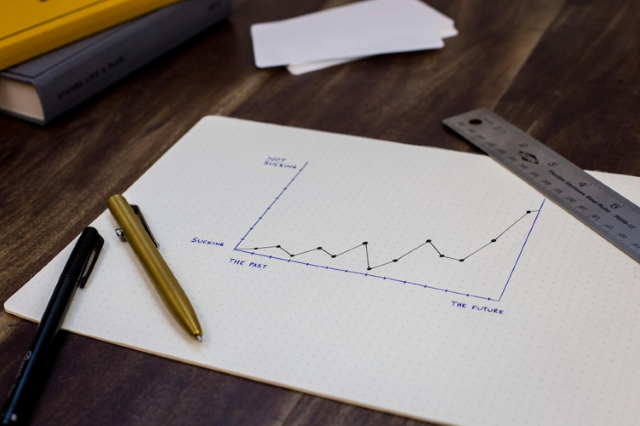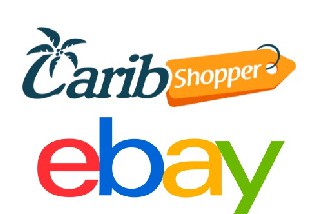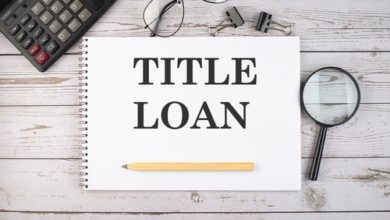Improve Sales Forecasting Accuracy with These Best Practices

Sales forecasting is an important — and often tricky — part of preparing for the upcoming fiscal year and managing sales targets along the way. Leaders must analyze quantitative and sometimes qualitative data to forecast future sales because they cannot use a crystal ball to foretell the future. However, this sales forecasting process becomes really complicated when sales teams and management confuse “accurate forecasting” with “optimistic goals.”
Instead of looking at historical data and forecasting based on prior trends and realistic parameters, salespeople (who are naturally optimistic) prefer to make forecast numbers that are weighted toward the sales team’s and C-suite’s highest wishes. Does that sound complicated? We know. Let us break down the finest sales forecasting ideas and approaches you can use to better anticipate your sales team’s performance next year. Read the deal guide to help your reps start the day with focus.
Tips for Strategic Sales Forecasting
Strategic sales forecasting is a critical aspect of planning and managing your business effectively. Accurate forecasting helps you allocate resources, set realistic goals, and make informed decisions. However, excessive optimism in the sales forecast often leads to negativity among team members down the road. It is better to define and exceed reasonable objectives based on good evidence instead of raising the bar too high and missing the mark. But how can you really achieve it?
Use Historical Data
To effectively predict where you’re going, you need to be aware of where you’ve been. It’s true that past sales don’t always accurately anticipate future results. This year, you could launch new products, enter new markets, deal with more competition, and so on. However, historical data is a solid foundation where you can stand as you weigh extra, unpredictable factors that could affect your sales in the upcoming year.
The majority of big companies have historical data they can use to make accurate sales estimates. If you have not implemented analytics and other tracking solutions linked to business goals and conversion rates of your company, do so now. Identify all the sources of historical sales data within your organization. These could be CRM systems, sales reports, accounting software, point-of-sale systems, and any other relevant data repositories. Implement data integration tools that can consolidate data from various sources to streamline the process and ensure data accuracy across different platforms.
Keep Clean Records
If the team is not given clear guidelines, sales representatives may develop their own definitions and use cases, which might result in inconsistent data input. Reps may also choose not to utilize a property at all if they are unaware of its significance. Therefore, make sure your team is on the same page when it comes to any metrics that aren’t as tangible as sales and revenue, such as the number of deals by client groups or the number of opportunities currently in the pipeline. You can’t make effective judgments with filthy data. You can do this by:
- Providing continuing CRM training to the team
- Constantly looking into the forecast in team meetings
- Keeping track of transactions during 1-1 meetings
- Performing spot checks on data and transactions to identify irregularities
- Sharing a deal guide with your team covering a list of steps to address your sales goals
By implementing these strategies, you can create a culture of alignment, collaboration, and shared success within your sales team. An aligned team is better equipped to achieve its goals and contribute to the overall success of the organization.
Start With a Simple Model
We know how tempting it is to include all forecasting models, but it is better to resist the urge to do this. If you’re sticking to a quantitative forecasting model for the first time to anticipate sales for the coming year, don’t be scared to start small and develop your model over time.
Using a basic regression forecasting model for five of your team’s most common sales actions is a better solution than combining time series, seasonality, and demand forecasting into one. Why? Because the fewer variables you have to manage, the easier it will be to:
- Achieve your sales objectives
- Explain to your sales reps why the goals were established this way
- Receive approval from SLT on your prediction.
Once you’ve determined how well your forecast model performed the first year, you may update it the next year with variables from a different type of model.
Implement a Sales Pipeline Action Plan
Quality is more crucial than quantity when it comes to sales leads. While the quality of a lead may obviously influence its conversion potential, an increase in the number of leads often boosts the number of concluded deals. That is why you should devise a strategy for producing the fewest amount of leads possible.
For example, if you know your representatives close 25% of your transactions from well-qualified leads, you may strive to create twice as many next quarter. Ideally, your salespeople should close 30-50% more deals. Put the same amount of effort into forecasting and lead generation no matter what your numbers need to look like on the close side. Learn about your conversion rates at each level of your sales funnel and prepare appropriately.
Pro tip:
Go back through your sales process to do the numbers. If your salespeople close 10% of transactions with leads who have already had an online demo of your product, and 10% of new inbound sales leads are up for signing up for an online demo, you need to produce 10,000 new inbound sales leads to achieve 100 sales: 10,000 x 10% x 10% = 100 sales. You can always use another forecast accuracy formula for accurate and data-driven revenue projections. Luckily, Revenue Grid has a pack of tools and software solutions to make your actual and forecasted revenue finally match up.
Your pipeline’s conversion rates and exact statistics will vary depending on your industry and typical transaction velocity. This data allows you to create an accurate sales prediction based on stage-by-stage conversion rates.
Use Forecasting Tools
Using forecasting tools streamlines the forecasting process, enables more accurate predictions, and empowers your business to make data-driven decisions. Different tools offer different forecasting methods, such as time-series analysis, regression analysis, moving averages, and exponential smoothing. Choose the method that suits your data and goals. Configure the tool by specifying variables, time periods, and parameters relevant to your forecasting needs. This customization ensures the tool aligns with your specific context. Validate the accuracy of your model by comparing its forecasts with actual historical data. Adjust and fine-tune the model if needed.
Generate Accurate Sales Forecasts
Improving the accuracy of sales forecasting is a key part of any business strategy. Gain a more accurate picture of your sales prospects and make better business decisions by using historical data, multiple forecasting methods, keeping clean records, using software and tools, and regularly reviewing and adjusting your forecast.



